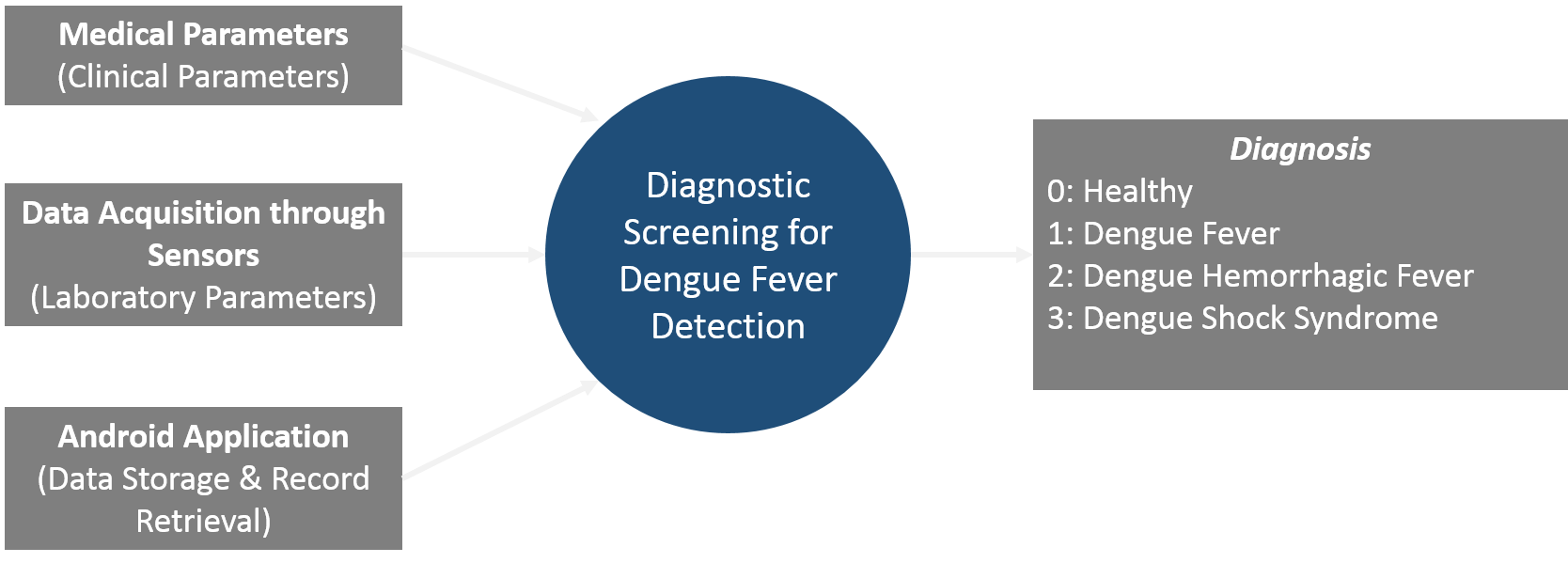
Objectives
Methods
We designed non-invasive artificial intelligent system for the acquisition of several clinical and laboratory parameters to perform on-time screening for dengue fever detection. Following physiological, clinical, and laboratory parameters were considered after consultation with medical experts and in line with the literature review under the AI powered research for dengue fever detection.
Physiological
- Gender
- Weight
Clinical
- Petechial Rash
- Conjuctivity
- Gastric Pain
- Abdominal Pain
- Chill
- Bleeding
- Headache
- Vomit
- Macular
Laboratory
- Hematocrit (HCT)
- Respiratory rate
- Pulse Rate
- Pulse Pressure
- Temperature
- Extracellular water (ECW)
- Intracellular water (ICW)
- Blood Oxygen Level (SPO2 )
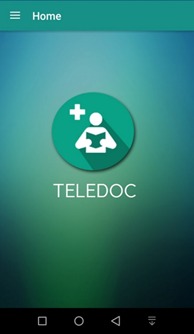
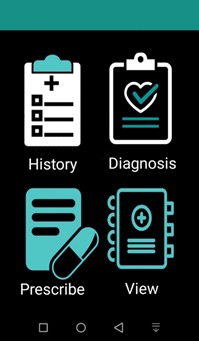
Field Work
After acquiring the clinical, laboratory, and physiological parameters of the subject, we implemented and trained two classifiers: Multivariate Logistic Regression and Support Vector Machines (SVMs). For testing purposes, real data was acquired from Military Hospital and Holy Family Hospital, during the dengue breakout in 2019. The real data acquisition is shown in Figure.
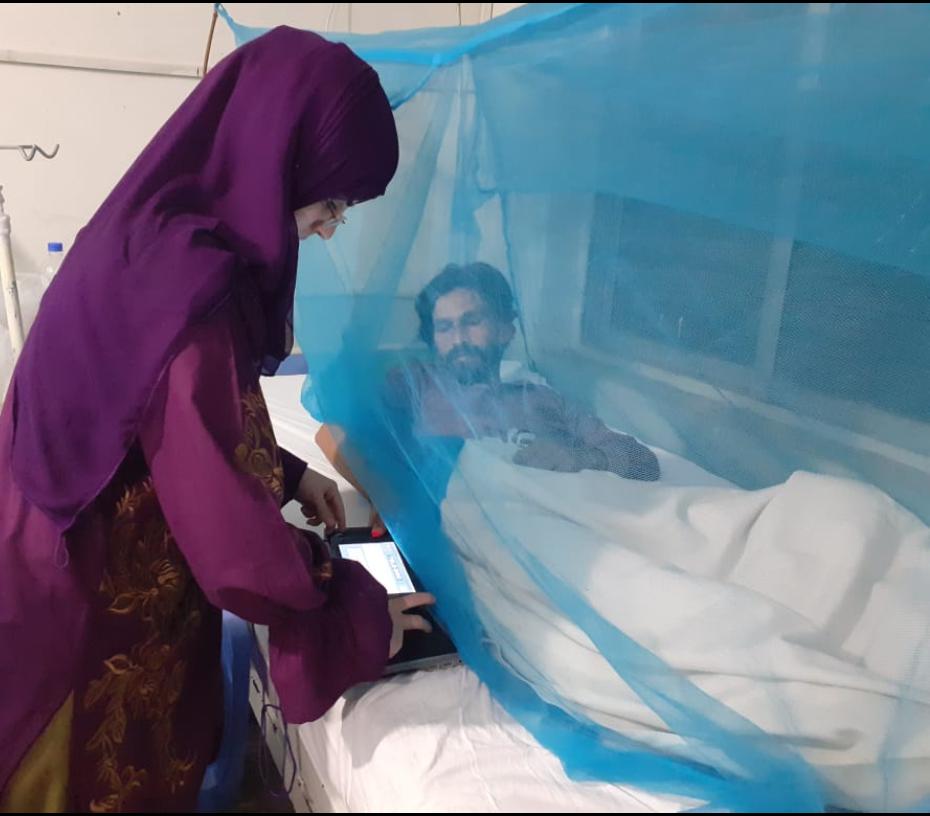
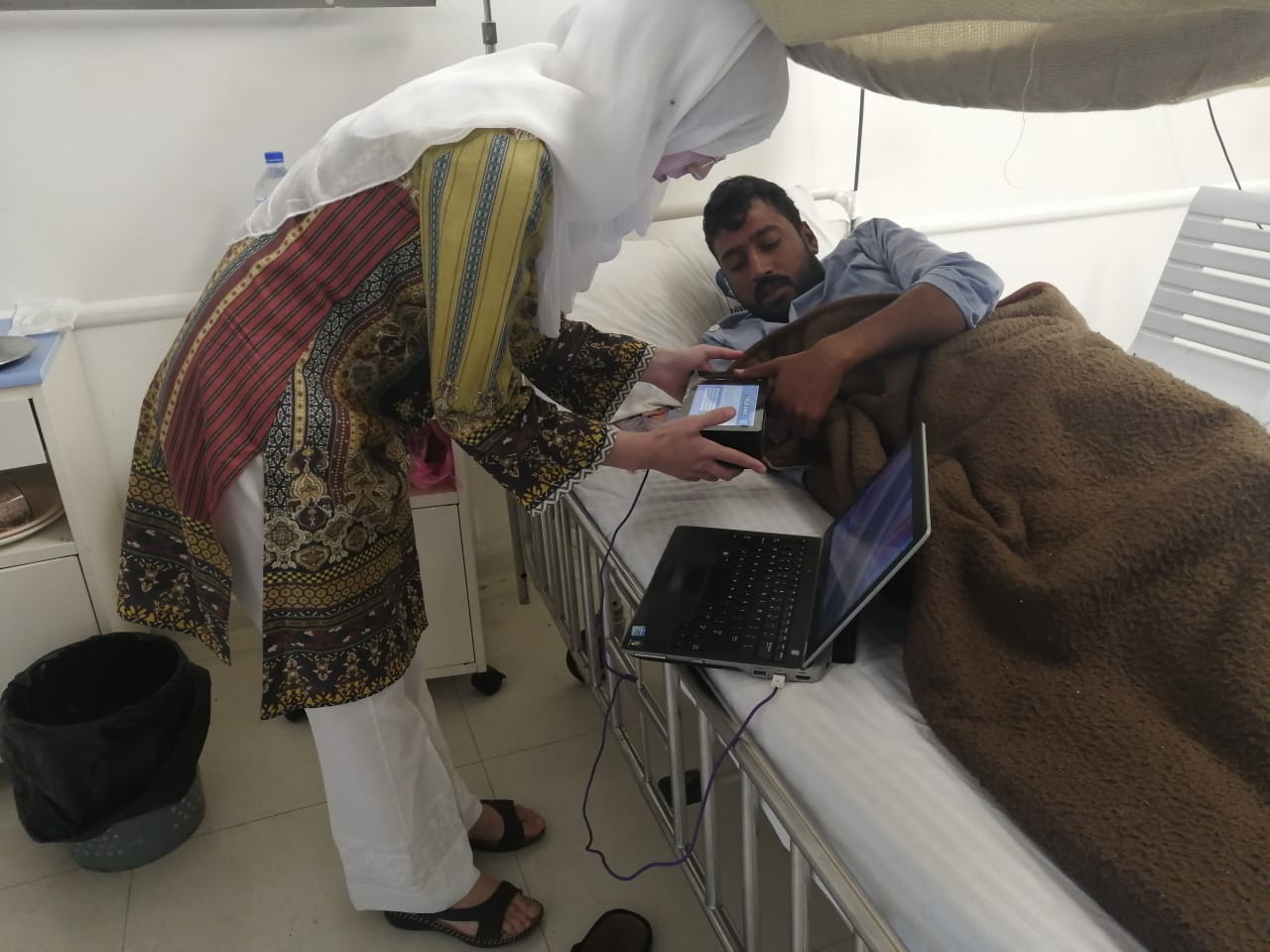
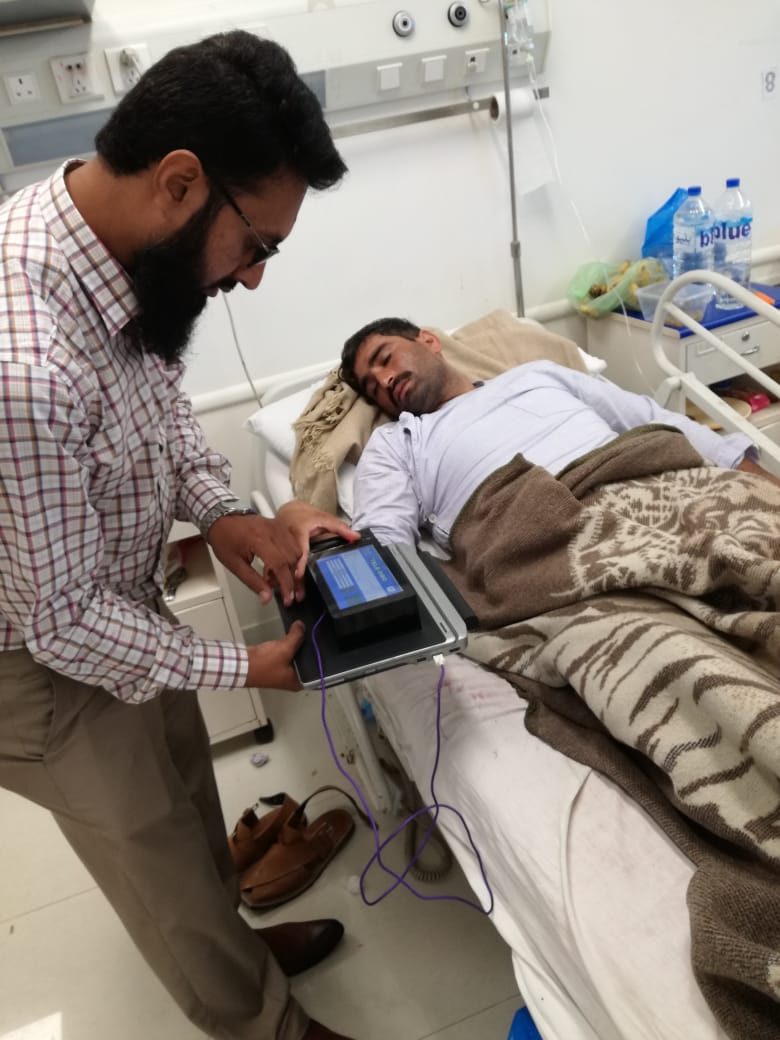
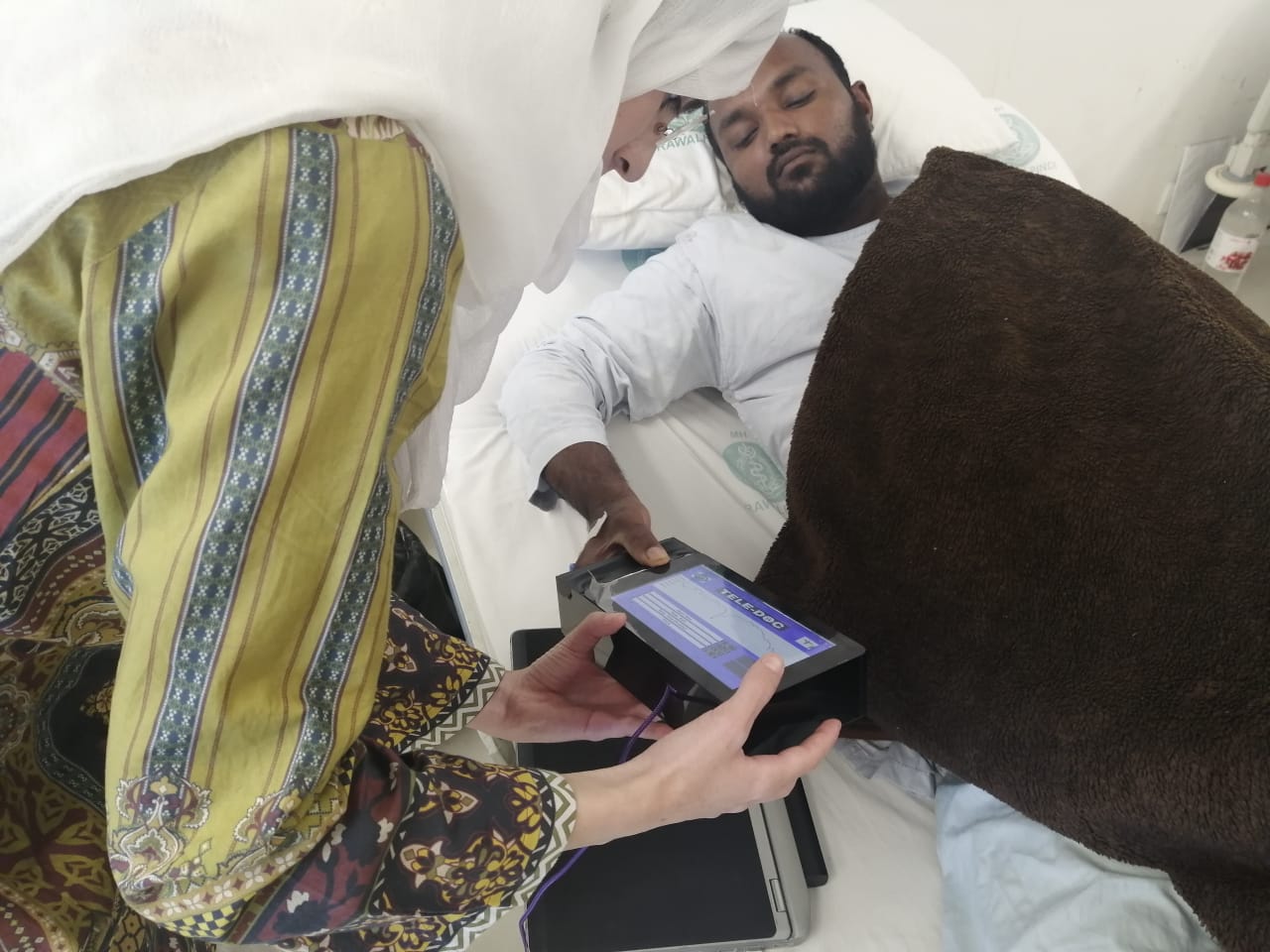

Results
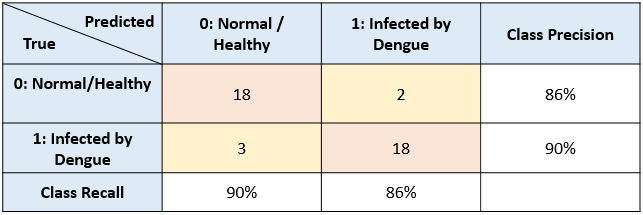
Team Members
-
-

Mahnoor Haneef
Masters Student -

Dr. Imran Mahmood
Assistant Professor, NUST SEECS -

Dr. Shahzad Younis
Assistant Professor, NUST SEECS
-


